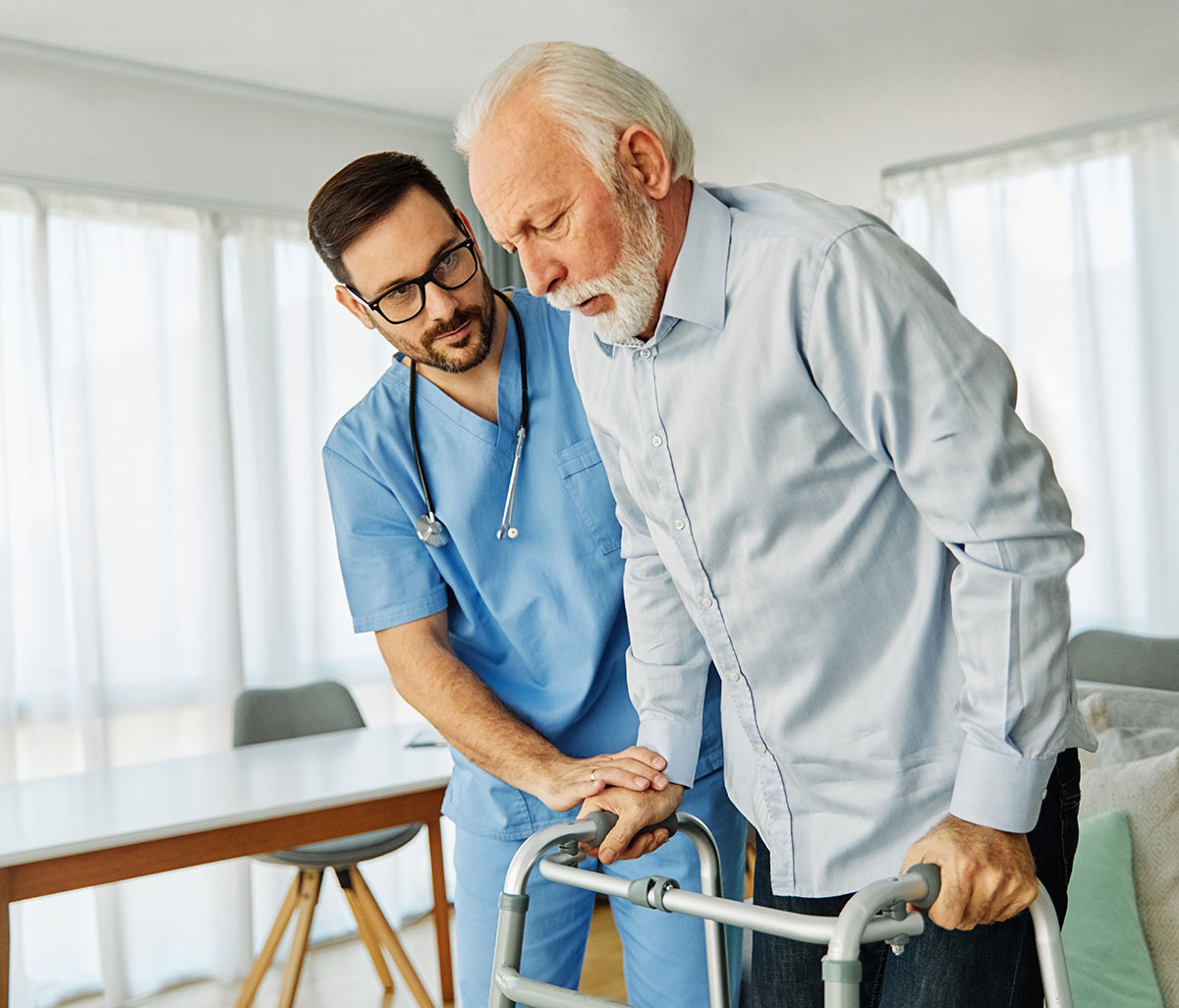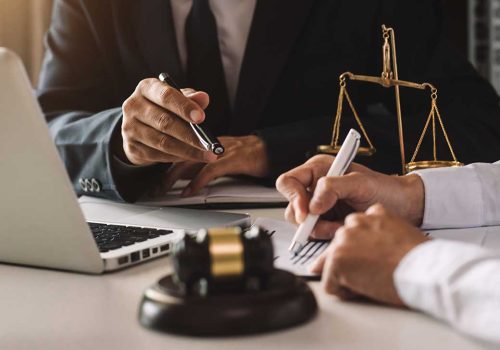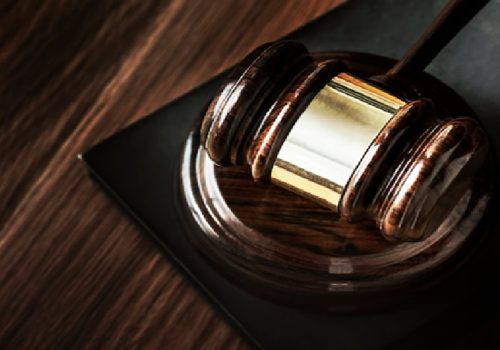Building a Strong Nursing Home Abuse Case
Nursing home abuse is a serious issue that affects many elderly residents. It is important to recognize the different forms it can take and understand the signs that may indicate abuse. Legal definitions and standards also play a crucial role in identifying and addressing these issues.
Types of Abuse
Nursing home abuse can be physical, emotional, sexual, or financial. Physical abuse involves causing bodily harm, while emotional abuse includes verbal assaults and threats. Sexual abuse is any non-consensual sexual contact, and financial abuse involves stealing or misusing a resident’s money or property.
Common Signs and Symptoms
Recognizing the signs of abuse is essential. Physical signs include bruises, cuts, or broken bones. Emotional abuse may be indicated by sudden changes in mood or behavior. Signs of sexual abuse can include unexplained injuries or infections. Financial abuse might be noticed through sudden changes in financial situations or missing belongings.
Legal Definitions and Standards
Understanding the legal definitions and standards for nursing home abuse is crucial for building a strong case. These definitions vary by state but generally include any action that causes harm or distress to a resident. Knowing these standards helps in identifying abuse and taking the necessary legal steps to address it.
Gathering Medical Records and Reports
Obtaining Medical Records
To build a strong nursing home abuse case, it’s crucial to gather all relevant medical records. Start by requesting these records from the nursing home and any other healthcare providers involved. Make sure to get consent from the patient or their legal guardian. Keep a checklist to ensure no documents are missed.
Interpreting Medical Reports
Once you have the medical records, the next step is to understand what they say. Look for notes on injuries, treatments, and any changes in the patient’s condition. If needed, consult a medical professional to help interpret complex terms and ensure nothing is overlooked.
Documenting Injuries and Conditions
Accurate documentation of injuries and conditions is vital. Take detailed notes on the type and extent of injuries. Use a consistent format to record this information, including dates and descriptions. This will help create a clear timeline of events and support the case effectively.
Collecting Witness Statements
Identifying Key Witnesses
Finding the right people to talk to is the first step in gathering witness statements. These individuals might include other residents, staff members, or even visitors who have seen or heard something important. It’s crucial to identify those who have firsthand knowledge of the events in question.
Interview Techniques
When talking to witnesses, it’s important to ask open-ended questions. This helps them share more details. For example, instead of asking, “Did you see the incident?” you might ask, “Can you describe what you saw?” Taking notes during the interview is also essential to ensure no detail is missed.
Recording and Preserving Testimonies
Once the interviews are done, it’s important to keep the statements safe. This can be done by writing them down or recording them with a device. Make sure to store these records in a secure place. This way, they can be used later if needed in court or other legal settings.
Photographic and Video Evidence
Taking Effective Photographs
Capturing clear and detailed photographs is crucial in building a strong nursing home abuse case. Photos should include close-ups of injuries, the overall condition of the living environment, and any visible signs of neglect. It’s important to use good lighting and ensure the images are in focus. Taking multiple shots from different angles can provide a comprehensive view of the situation.
Using Video Footage
Video footage can be even more powerful than photographs. It can capture the progression of injuries over time, interactions between staff and residents, and the general atmosphere of the nursing home. When recording videos, make sure to include timestamps and keep the camera steady. Videos should be clear and free from background noise to ensure the details are easily understood.
Ensuring Evidence Authenticity
To maintain the integrity of photographic and video evidence, it’s essential to follow proper procedures. This includes keeping original files, using reliable storage methods, and documenting the date and time each piece of evidence was captured. Additionally, it’s important to avoid editing or altering the images and videos in any way, as this can compromise their credibility in court.
Expert Testimony and Analysis
Finding Qualified Experts
To build a strong nursing home abuse case, it’s crucial to find experts who are well-versed in the field. These experts can include medical professionals, forensic analysts, and elder care specialists. They provide insights that can make or break a case. Look for experts with a solid track record and relevant experience.
Expert Report Preparation
Once the right experts are on board, the next step is to prepare detailed reports. These reports should cover all aspects of the abuse, from medical findings to psychological impacts. A well-prepared report can serve as compelling evidence in court. Make sure the report is clear, concise, and free of jargon.
Presenting Expert Testimony in Court
The final step is presenting the expert testimony in court. This involves not just the expert’s verbal testimony but also the presentation of their reports and findings. The expert should be prepared to answer questions from both the defense and the prosecution. Their testimony can provide a clear, professional perspective that supports the case.
Legal Documentation and Filing
Drafting Legal Documents
Creating legal documents is a crucial step in building a strong nursing home abuse case. These documents include complaints, motions, and affidavits. Each document must be clear, concise, and accurate to ensure it holds up in court. It’s important to use precise language and follow legal standards to avoid any misunderstandings.
Filing Procedures
Filing legal documents correctly is essential for the case to proceed smoothly. This involves submitting the documents to the appropriate court or legal body. Each jurisdiction may have different rules and deadlines, so it’s important to be aware of these requirements. Missing a deadline or filing in the wrong place can delay the case or even result in dismissal.
Maintaining Case Records
Keeping detailed records is vital for the success of the case. This includes all correspondence, legal documents, and evidence collected. Organizing these records in a systematic way helps in tracking the progress of the case and ensures that nothing is overlooked. Proper record-keeping also makes it easier to retrieve information when needed, which can be crucial during court proceedings.
Working with Law Enforcement and Regulatory Agencies
Reporting to Authorities
When you suspect nursing home abuse, it’s crucial to report it to the right authorities. This can include local police, state health departments, or adult protective services. Reporting helps start an official investigation and can protect other residents from harm.
Collaborating with Investigators
Working closely with investigators is key to building a strong case. Share all gathered evidence, including medical records, witness statements, and photographic proof. Be honest and transparent to help investigators understand the full scope of the abuse.
Understanding Regulatory Requirements
Each state has its own rules and regulations for nursing homes. Knowing these can help you understand what standards the facility should meet. This knowledge can also help you identify any violations that may support your case. Familiarize yourself with both state and federal regulations to ensure a comprehensive approach.




